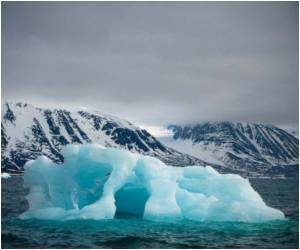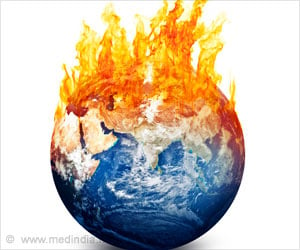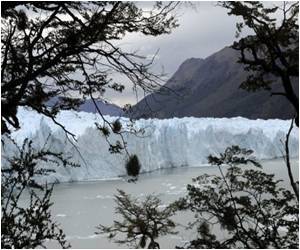
Sea ice physicists at the Alfred Wegener Institute, Helmholtz Centre for Polar and Marine Research (AWI), have now measured the light transmission through the Arctic sea ice for the first time on a large scale, enabling them to quantify consequences of this change.
They come to the conclusion that in places where melt water collects on the ice, far more sunlight and therefore energy is able to penetrate the ice than is the case for white ice without ponds.
The consequence is that the ice is absorbing more solar heat, is melting faster, and more light is available for the ecosystems in and below the ice.
Melt ponds count among the favourite motifs for ice and landscape photographers in the Arctic. They are captured glistening in a seductive Caribbean sea blue or dark as a stormy sea on the ice floe.
"Their colour depends entirely on how thick the remaining ice below the melt pond is and the extent to which the dark ocean beneath can be seen through this ice. Melt ponds on thicker ice tend to be turquoise and those on thin ice dark blue to black", explained Dr. Marcel Nicolaus, sea ice physicist and melt pond expert at the Alfred Wegener Institute.
Advertisement
By contrast, the older ice has a rougher surface, which has been formed over the years by the constant motion of the floe and innumerable collisions. Far fewer and smaller ponds formed on this uneven surface which were, however, considerably deeper than the flat ponds on the younger ice.
Advertisement
Source-ANI








